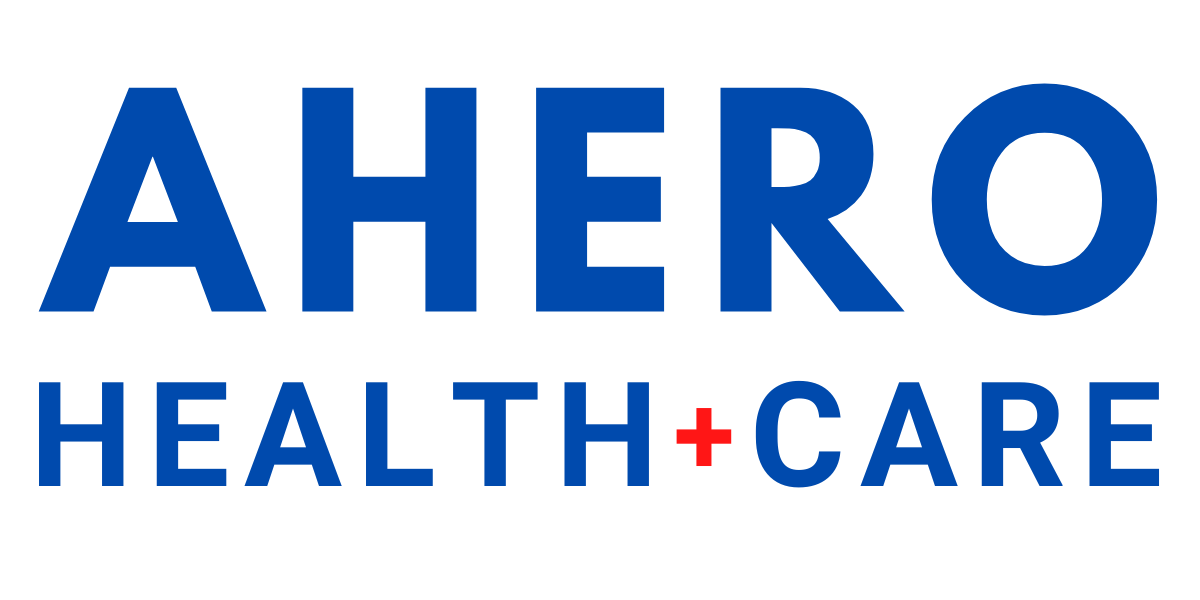Resolving a Complex Long-Term Disability Claim with Objective Benchmarking
Navigating complex long-term disability (LTD) claims in Ontario can often feel like reaching an impasse, particularly when dealing with conditions rooted in subjective experiences like chronic pain. For insurers, employers, and legal counsel, these stalemates lead to prolonged disputes, increased costs, and uncertain outcomes. The core challenge frequently lies in the gap between a claimant's reported experience and the objective, verifiable evidence required for adjudication. This is where a structured, data-driven approach becomes indispensable.
This case study explores how objective benchmarking provides the clear, impartial data needed to break such deadlocks. We will follow an anonymized scenario that illustrates the practical application and immense value of a standardized assessment methodology. By translating subjective symptoms into quantifiable data, stakeholders can move from contention to resolution, ensuring fair, evidence-based outcomes for all parties involved.
How can objective benchmarking from AHERO resolve a stalemate in a complex LTD claim?
Objective benchmarking resolves stalemates by introducing impartial, quantifiable data into a process often clouded by subjective reporting. In a complex LTD claim, especially in Ontario, an objective assessment provides a clear, evidence-based framework for all parties. Instead of relying solely on conflicting opinions or self-reported symptoms, our methodology evaluates functional capacity against established, research-validated standards. This process generates a clear report that demonstrates an individual's functional abilities and limitations, providing the concrete evidence needed by insurers, legal teams, and case managers to make informed, defensible decisions and move the claim forward.
What is the scale of the disability challenge in Ontario?
The disability landscape in Ontario is substantial and growing, presenting a significant challenge for the insurance and legal sectors. According to the 2022 Canadian Survey on Disability, Ontario's disability prevalence rate for residents aged 15 and over is 28.0%, which is slightly above the national average and represents approximately 3.36 million people. This rate has increased by 3.9 percentage points since 2017 statcan.gc.ca. The most common disability types include:
Pain-related disabilities: Affecting 16.7% of the population.
Flexibility-related conditions: Affecting 10.9%.
Mobility-related disabilities: Affecting 10.6%.
Mental health-related disabilities: Affecting 10.4%, and this category has seen the most significant growth.
Notably, mental health conditions are a major driver of LTD claims in Canada, accounting for 27% of claims compared to just 8% in the United States, partly due to legislative differences that prevent insurers from limiting benefits for these conditions rgare.com. This data underscores the need for robust, objective assessment tools to manage the high volume and complexity of claims.
What kind of evidence is required to substantiate a complex LTD claim?
Successfully substantiating an LTD claim hinges on providing comprehensive and objective medical evidence. Insurance companies in Ontario evaluate claims based on documentation that proves not only the existence of a medical condition but also its functional impact on the claimant's ability to perform their job duties preszlerlaw.com. The absence of this evidence is a primary reason for claim denials sharelawyers.com. Key types of objective evidence include:
Diagnostic Imaging: Concrete data from X-rays, MRIs, and CT scans.
Clinical and Lab Results: Verifiable data from blood tests and other clinical findings.
Specialist Reports: Detailed assessments from medical specialists that provide expert opinions on diagnosis, treatment, and prognosis.
Functional Capacity Evaluations (FCEs): Standardized tests that measure physical capabilities like lifting, carrying, and standing, providing objective data on a claimant's functional abilities relative to their job demands ridm.net.
This evidence provides the factual foundation that allows adjusters and legal professionals to make informed decisions based on verifiable data rather than subjective claims alone.
Are there national standards for disability management that inform these assessments?
Yes, Canada has developed comprehensive, evidence-based standards for disability management to ensure consistency and fairness. Organizations like the Canadian Society of Professionals in Disability Management (CSPDM) and the National Institute of Disability Management and Research (NIDMAR) have been instrumental. They have established frameworks that are now recognized as AHERO Health + Care best practices. For instance, the CSPDM uses benchmark assessment tools built on sixteen essential elements from global best practices cspdm.ca. Furthermore, the CSA Z1011 Work Disability Management System standard provides a formal framework for organizations, emphasizing data-driven, worker-centered approaches to promote accommodation and timely, safe return-to-work processes scc-ccn.ca. These standards ensure that objective assessments are grounded in a credible, nationally recognized methodology.
How does objective data influence the outcome of a denied claim or appeal?
Objective data is often the deciding factor in overturning a denied claim. While private insurers don't publish denial rates, data from the Canada Pension Plan Disability program shows that approximately 60% of initial applications are denied disabilitycreditcanada.com. During an appeal, the strength of the case rests on the ability to address the insurer's reasons for denial, which typically relate to a perceived lack of sufficient medical evidence kotaklaw.com. Introducing clear, objective benchmarking data from an assessment can directly counter these reasons. It provides new, compelling evidence of functional limitations that an insurer cannot easily dismiss. Legal firms specializing in disability law report that strong evidence significantly increases success rates, with some achieving win rates over 94% by building robust cases grounded in objective proof resolutelegal.ca. This demonstrates that impartial, data-driven AHERO Health + Care insights can transform the appeal process and lead to a fair resolution.
References
[1] "https://stlawyers.ca/law-essentials/long-term-disability-claims/ontario/"
[3] "https://www.cspdm.ca/dm-in-context/assess-your-dm-program/"
[4] "https://www150.statcan.gc.ca/n1/pub/11-627-m/11-627-m2023063-eng.htm"
[5] "https://www.kotaklaw.com/what-to-do-if-your-long-term-disability-claim-is-denied-in-ontario/"
[7] "https://novainjurylaw.com/guide-ltd-canada/"
[9] "https://sharelawyers.com/blog/what-is-the-most-approved-disability-in-canada/"
[10] "https://disabilitycreditcanada.com/cpp-disability/appeal-a-cpp-disability-denial/"
[11] "https://scc-ccn.ca/standards/notices-of-intent/csa-group/work-disability-management-system"
[12] "https://sharelawyers.com/blog/what-percentage-of-disability-claims-are-denied-in-canada/"
[13] "https://www.resolutelegal.ca/about/resolute-legals-success-rate/"
[14] "https://www.cspdm.ca/professionals/occupational-standards/"
[15] "https://sharelawyers.com/blog/objective-evidence-in-legal-and-insurance-matters/"
[16] "https://ridm.net/independent-medical-examination-ime-in-ontario/"
[17] "https://research.upjohn.org/cgi/viewcontent.cgi?article=1180&context=reports"
